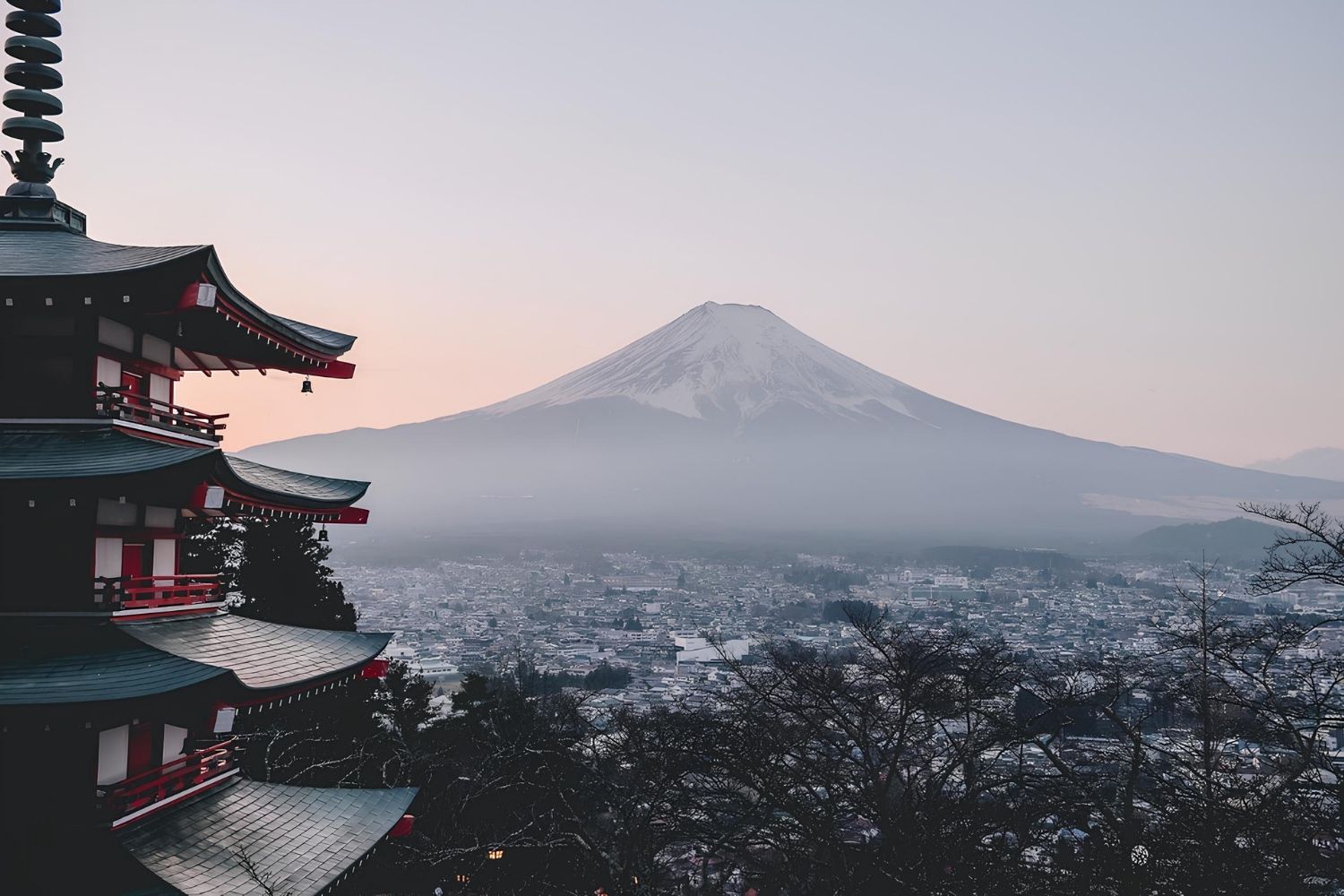
Japanese literature has a rich history that spans over a millennium, offering a unique blend of tradition and modernity. From ancient tales like "The Tale of Genji" to contemporary works by Haruki Murakami, Japanese authors have captivated readers worldwide. Did you know that Japanese literature includes diverse genres such as poetry, novels, and plays? One fascinating aspect is the use of haiku, a form of poetry with just 17 syllables, which captures moments in nature and human life. Another interesting fact is that many Japanese literary works explore themes of impermanence and beauty, reflecting the cultural concept of mono no aware. Curious about more? Let's dive into 21 intriguing facts about Japanese literature that will deepen your appreciation for this captivating literary tradition.
Key Takeaways:
- Japanese literature has a rich history dating back centuries, with ancient texts like The Kojiki and The Nihon Shoki providing insights into myths, legends, and historical events.
- From the world's first novel, The Tale of Genji, to contemporary authors like Haruki Murakami, Japanese literature continues to inspire and influence global culture through anime, film adaptations, and translations.
Ancient Beginnings
Japanese literature has a rich history that dates back centuries. Let's explore some fascinating facts about its origins and early development.
-
The Kojiki is Japan's oldest book, compiled in 712 AD. It chronicles myths, legends, and historical events.
-
The Nihon Shoki, completed in 720 AD, is another ancient text. It provides a more detailed historical account than the Kojiki.
-
Man'yōshū, an anthology of poems from the 8th century, contains over 4,500 poems. It showcases the beauty of early Japanese poetry.
Classical Literature
The classical period of Japanese literature produced some of the most revered works. These texts have influenced countless generations.
-
The Tale of Genji, written by Murasaki Shikibu in the early 11th century, is often considered the world's first novel.
-
The Pillow Book by Sei Shōnagon, also from the 11th century, is a collection of essays, lists, and anecdotes. It offers a glimpse into court life.
-
The Tale of the Bamboo Cutter is a 10th-century folktale. It's one of Japan's oldest and most beloved stories.
Medieval Literature
Medieval Japanese literature saw the rise of new genres and styles. This period was marked by both war and peace.
-
The Tale of the Heike is an epic account of the Genpei War (1180-1185). It reflects the samurai ethos and Buddhist themes.
-
Noh Drama, developed in the 14th century, combines music, dance, and acting. It remains a significant cultural tradition.
-
Renga, a collaborative form of linked-verse poetry, became popular during this time. It involved multiple poets contributing to a single poem.
Edo Period
The Edo period (1603-1868) was a time of peace and cultural growth. Literature flourished in new and exciting ways.
-
Haiku, a form of short poetry, became prominent. Matsuo Bashō is one of the most famous haiku poets.
-
Kabuki Theater emerged as a popular form of entertainment. It features elaborate costumes and dramatic performances.
-
Ukiyo-e, or "pictures of the floating world," influenced literature. These woodblock prints depicted scenes from everyday life and stories.
Modern Literature
Modern Japanese literature reflects the country's rapid changes and global influences. It continues to evolve and inspire.
-
Natsume Sōseki is considered one of Japan's greatest modern writers. His novel "Kokoro" explores themes of isolation and identity.
-
Ryūnosuke Akutagawa is known for his short stories. "Rashōmon" and "In a Grove" inspired the famous film "Rashomon."
-
Yasunari Kawabata was the first Japanese author to win the Nobel Prize in Literature in 1968. His works often focus on beauty and melancholy.
Contemporary Literature
Contemporary Japanese literature is diverse and dynamic. It addresses both traditional themes and modern issues.
-
Haruki Murakami is one of the most well-known contemporary authors. His novels blend magical realism with existential questions.
-
Banana Yoshimoto gained fame with her debut novel "Kitchen." Her works often explore themes of love, loss, and healing.
-
Kenzaburō Ōe won the Nobel Prize in Literature in 1994. His writing often deals with social and political issues.
Influence and Adaptations
Japanese literature has had a significant impact beyond its borders. Many works have been adapted into other media.
-
Anime and Manga often draw inspiration from literary works. "Akira" and "Ghost in the Shell" are examples of this cross-media influence.
-
Film Adaptations of Japanese novels have gained international acclaim. Akira Kurosawa's films, based on literary works, are celebrated worldwide.
-
Translations of Japanese literature have made it accessible to a global audience. Authors like Yukio Mishima and Jun'ichirō Tanizaki are widely read in translation.
The Final Word on Japanese Literature
Japanese literature offers a rich tapestry of stories, characters, and themes that have captivated readers for centuries. From the ancient Tale of Genji to modern works by Haruki Murakami, there's something for everyone. The Haiku and Tanka forms showcase the beauty of simplicity, while Natsume Sōseki and Yukio Mishima delve into complex human emotions. Manga and light novels have also gained international fame, proving that Japanese storytelling transcends traditional boundaries. Whether you're a seasoned reader or new to the genre, exploring Japanese literature can be a rewarding experience. It opens doors to understanding a culture rich in history, philosophy, and artistic expression. So, grab a book, dive into a manga, or even try writing your own haiku. The world of Japanese literature awaits, offering endless possibilities for discovery and enjoyment.
Frequently Asked Questions
Was this page helpful?
Our commitment to delivering trustworthy and engaging content is at the heart of what we do. Each fact on our site is contributed by real users like you, bringing a wealth of diverse insights and information. To ensure the highest standards of accuracy and reliability, our dedicated editors meticulously review each submission. This process guarantees that the facts we share are not only fascinating but also credible. Trust in our commitment to quality and authenticity as you explore and learn with us.
